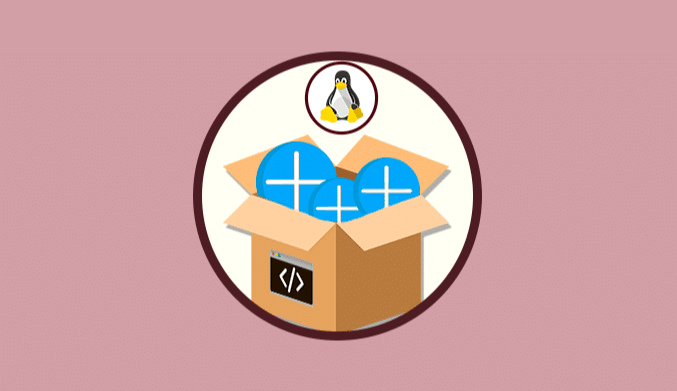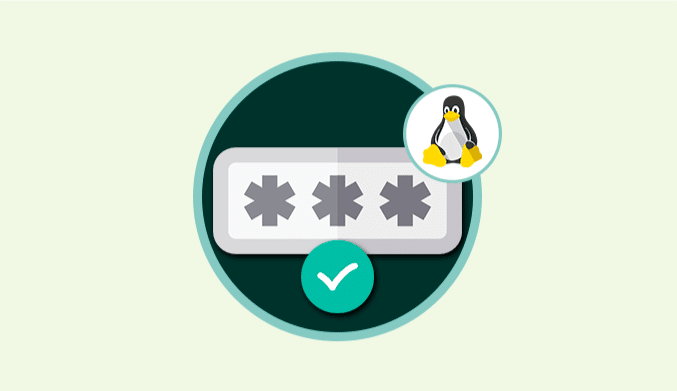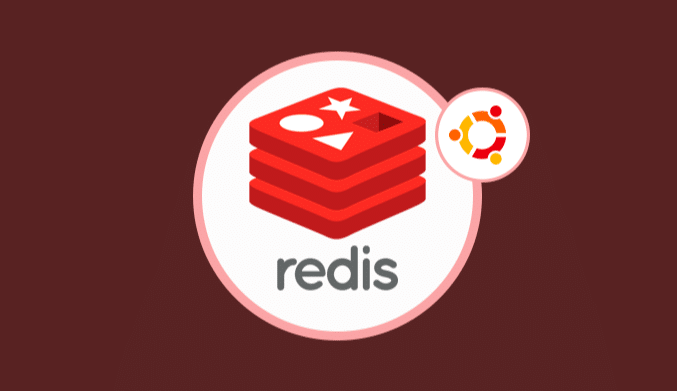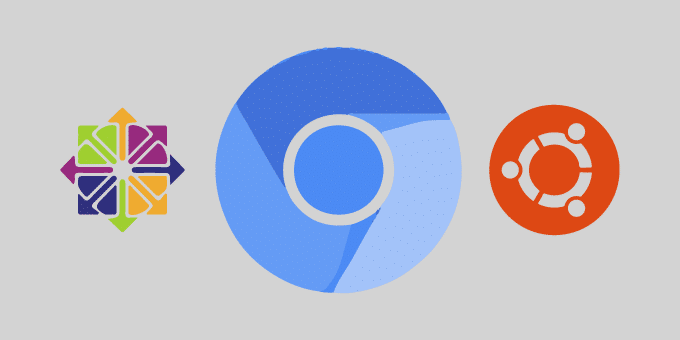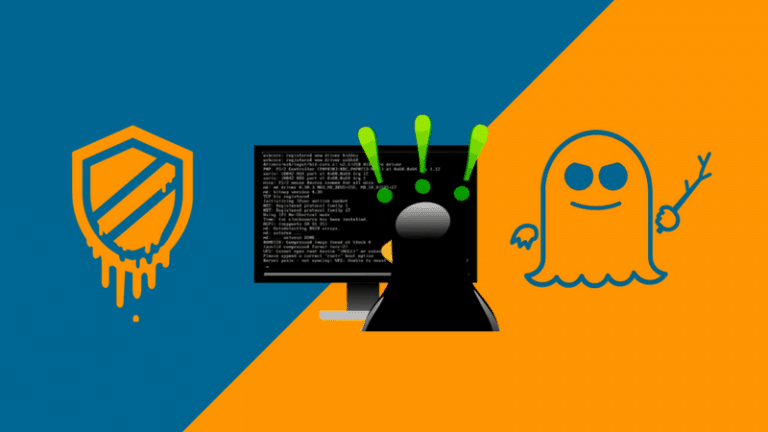How To Install, Disable or Enable Yum Plug-ins
In this tutorial, we explain how to install, disable or enable Yum plugins in the CentOS / RHEL distributions.
YUM plugins are programs that have been developed to extend and improve the overall performance of the package manager. Some of them are installed by default, while others are not. Yum will always notify us which plug-ins, if available, are loaded and active each time we execute any yum command.
Today we will explain how to activate or deactivate and configure the add-ons of the YUM package manager in the CentOS / RHEL distributions.
See All Active Plug-ins & Enable YUM Plug-ins
To see all the active add-ons, we can execute a yum command in the terminal in the following way. There you can see that the fastest mirror plugin is loaded first.
yum search nginx
To enable plug-ins yum, we must ensure that plug-ins = 1 (1 means active) exist in the main section of the /etc/yum.conf file, as follows. There we can see the line plugins = 1 in the upper part.
nano /etc/yum.conf
This is the general method to enable yum plug-ins globally.
How to Disable YUM plugins
To deactivate the plug-ins yum in CentOS or RHEL, we merely have to change the previous value to 0 (that is, deactivated), which disables all the complements globally:
At this point, we must consider the following
- Because some plug-ins (such as product ID and subscription manager) offer primary yum functions, it is not recommended to disable all add-ons, especially globally.
- Secondly, the deactivation of plugins at the global level is allowed as a simple method, and this implies that we can use this disposition when investigating a possible problem with yum.
- The configurations for several add-ons can be found in the /etc/yum/pluginconf.d/ directory.
- Disabling plugins globally in /etc/yum.conf overrides the configuration in individual configuration files.
How to Install & Configure Extra Plugins
If we want to see the list of all yum complements and their respective descriptions we will use the following command. We can see detailed information about each add yum.
yum search yum-plugin
To install a plugin using yum, we can use the same method of installing a package. For example, we will install the following plugin:
yum install yum-plugin-changelog

nano /etc/yum/pluginconf.d/changelog.conf
It will also be possible to see the changelog with yum in the following way:
yum changelog httpd
How to Disable Yum Plugins From Command Line
We can disable one or more add-ons while executing a yum command using one of the following options:
Disable all add-ons
--noplugins
Disable a single plug-in
--disableplugin=plugin_name
We can disable all the complements by running the following yum command, in this case, we will disable the fastestmirror plugin while installing httpd:
yum install --disableplugin=fastestmirror httpd
So we can manage the yum add-ons in CentOS or RHEL.

